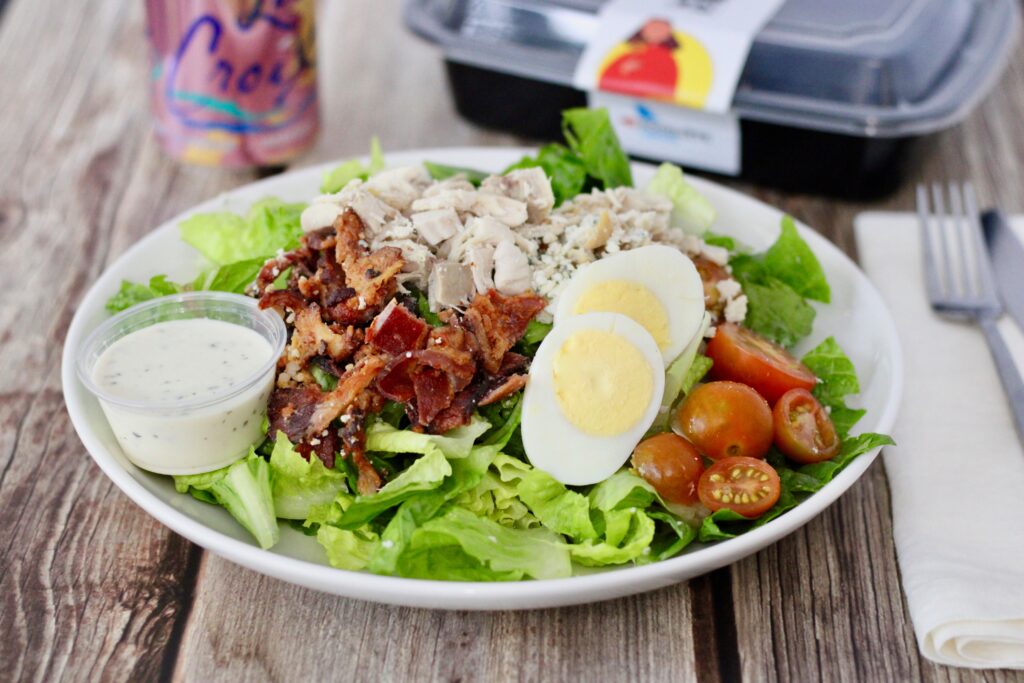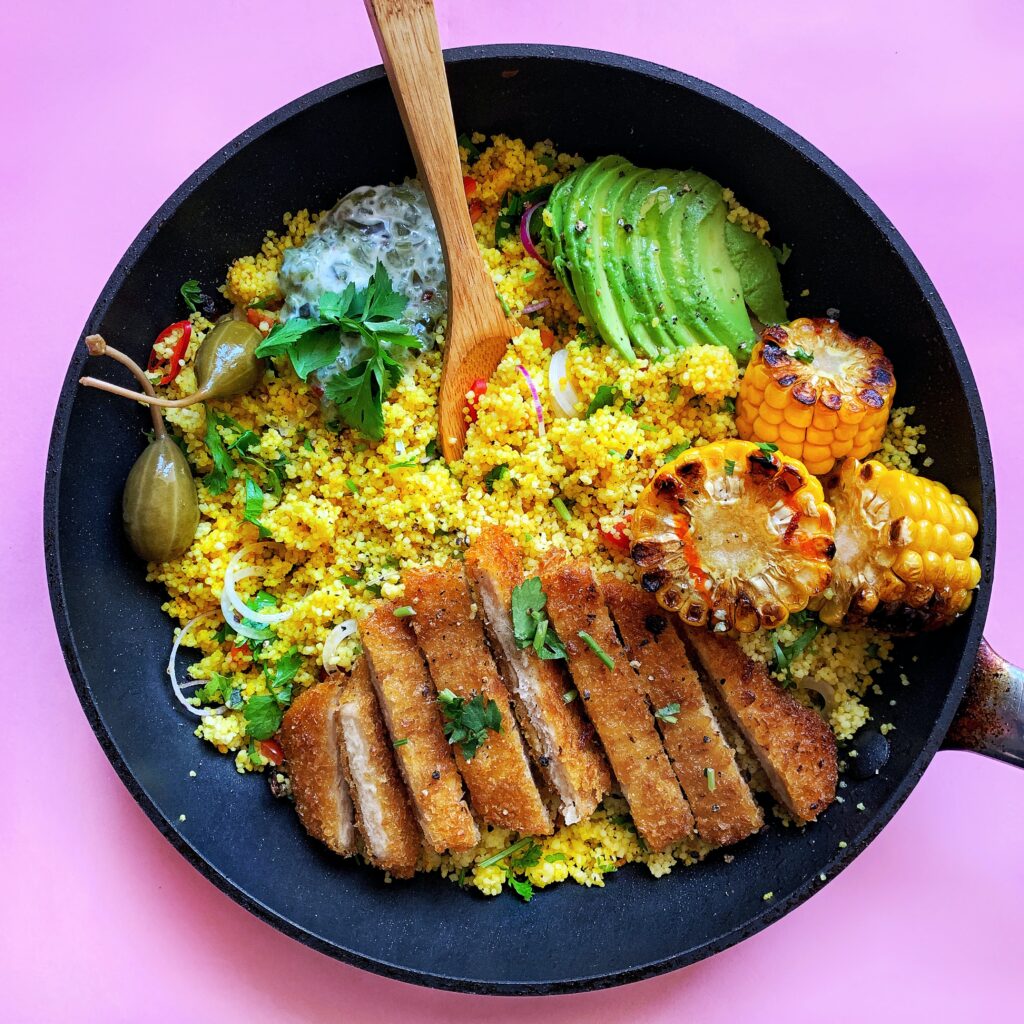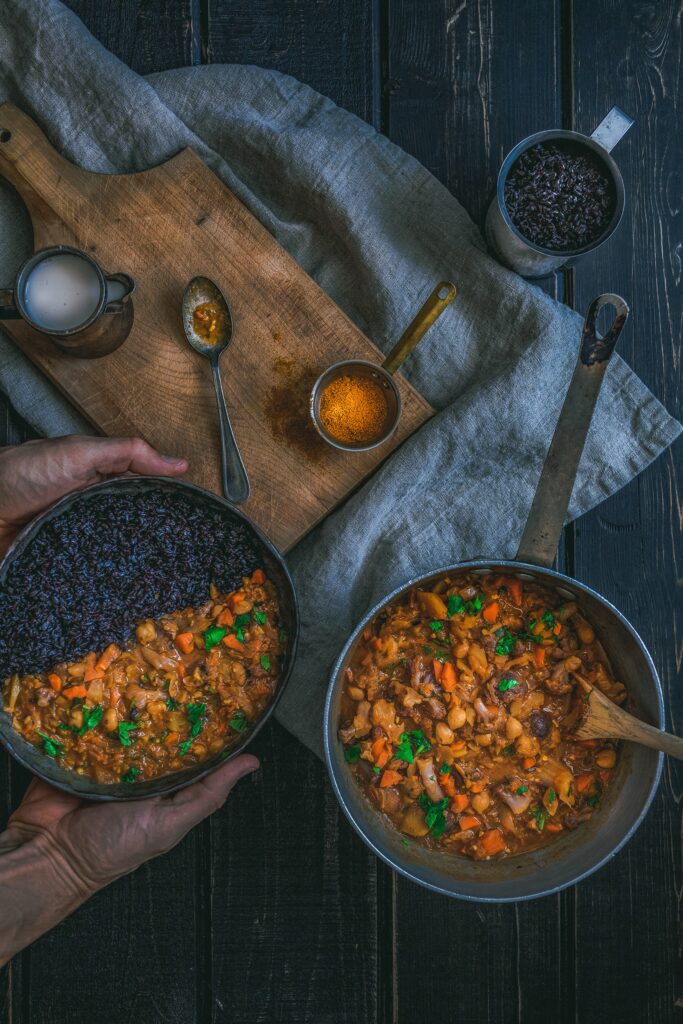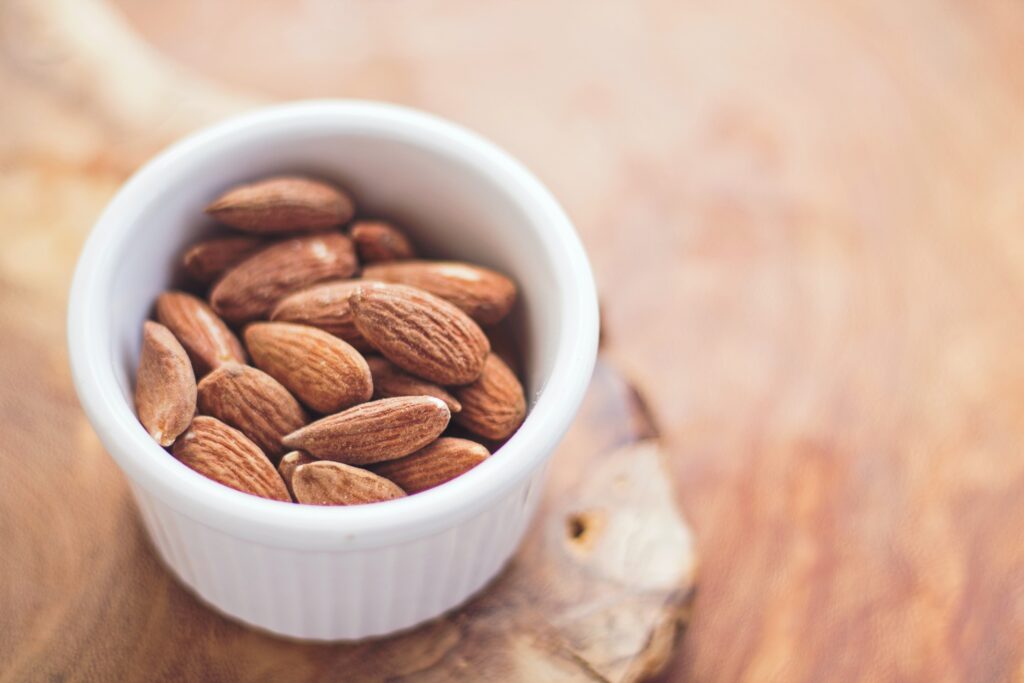WHAT IS PROTEIN?
It is a major component for growing hair, nails, muscle and other parts of the body. Protein helps build and repair tissue while playing a role in various cell functions in the body.Amino acids are the building blocks of protein. A complete protein consists of all 20 amino acids, while the absence of one or more amino acid is considered an incomplete protein. Complete proteins are mainly found in meats such as chicken, beef, steak, fish as well as eggs, milk, and whey protein. Foods such as grains, nuts, seeds, or legumes are considered incomplete proteins. It is recommended to consume at least 1- 2.5 grams of protein per 1 kg of your bodyweight for optimal muscle growth. With many different types of protein on the market ranging from the source, absorption rate, and process of filtration, any complete protein is beneficial for the growth and repair of muscle. Poultry, fish, dairy, legume, soy, whey and other sources of proteins have their differences but any complete protein is of great benefit for building and repairing muscle. The key is to get enough protein to fulfill your body’s requirement for optimal growth.
It is with protein that you need to start the first meal.

WHAT IS FAT?
Fat controls hormones, aides in the transport of cells, and makes it possible for other nutrients to complete tasks in the body. Fat is also your body’s secondary source of energy and helps your body absorb vitamins. When your body doesn’t have enough carbs readily available, it uses fat as another source of fuel.
A completely fat-free diet would not be healthy, yet it is important that fat be consumed in moderation.
Different types of fats include saturated, polyunsaturated, monounsaturated, and trans-fat.
The main types of “healthy” fats are monounsaturated, polyunsaturated and saturated. Foods that contain a high amount of fat include butter, peanut butter, oils, avocado, nuts and seeds, tofu and other soybean products and fish (salmon, mackerel, herring, sardines, albacore tuna, and rainbow trout).
The main types of “unhealthy” fats are trans fat.
In addition, look for trans fat in the nutritional information in products like commercially baked cookies, crackers, and pies, and fried foods.
The amount of fat needed daily can vary anywhere from 15% to over 40% of total calories depending on the individual and fitness goal. It is recommended to consume at least 0,8- 1,5 grams of fats per 1 kg of your bodyweight.
WHAT IS A CARB?
A carbohydrate is your body’s primary source of energy. There are two types of carbs, simple and complex. A simple carb supplies your body with quick energy, but doesn’t last long. A complex carb takes longer to break down in your body, yet is a long-lasting source of energy.
Neither simple nor complex carb is bad for you, but what is important is the quantity. They can both be used to your advantage throughout the day.
Slow carbohydrates should be in the ratio of 80/20 to simple carbohydrates. Complex carbs would be a good choice for its long-lasting steady energy. Examples of complex carbs include whole grains such as whole wheat bread, oatmeal, and brown rice along with other foods such as sweet potato and beans. Simple carbs include foods such as fruits, white bread, white rice, white potatoes, vegetables, juice, pop tarts, etc. Sugar is a simple carbohydrate that comes in different forms such as glucose, fructose, lactose, sucrose, etc. Although both simple and complex carbs are eventually broken down to sugar in the body, digestion and absorption are the main differences between the two types. Whole wheat bread is a popular complex carbohydrate. It is recommended to consume at least 2 – 6 grams of carb per 1 kg of your bodyweight.
Important! All macronutrients must be present in every meal to ensure a healthy diet.








